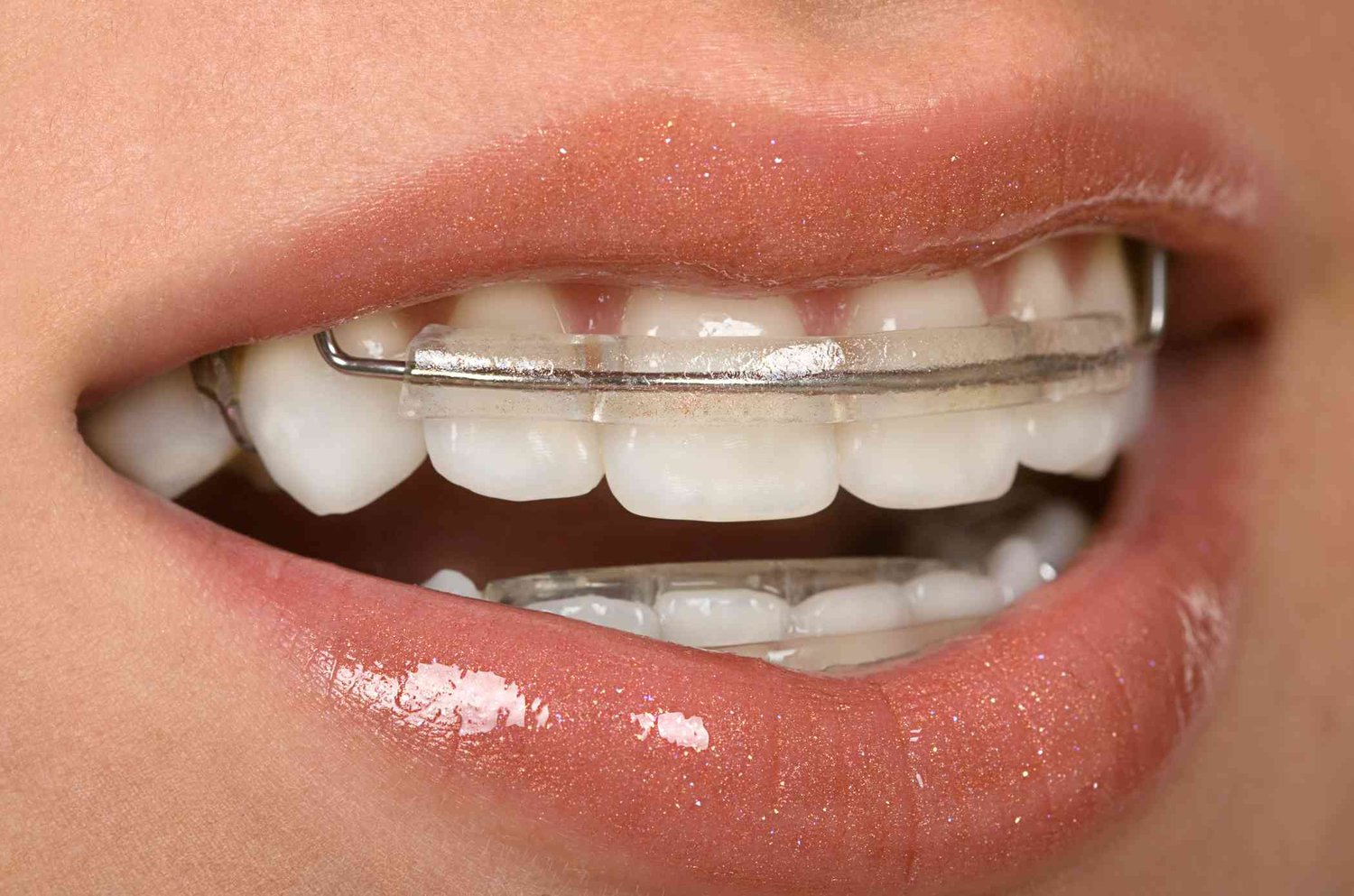After months or even years of orthodontic treatment, it’s a great relief to finally have your braces removed and see your beautifully aligned smile. However, the journey doesn’t end there. To preserve those results, wearing dental retainers in Dubai becomes a crucial part of your oral care routine. A retainer helps prevent your teeth from shifting back to their original positions—but how long should you wear one? In this guide, we’ll explore the timeline, the science behind retainer use, and what you can expect at each stage.
Why Retainers Are Necessary After Braces:
When braces are removed, your teeth may appear stable, but the bone and soft tissues around them are still adjusting. Teeth are held in place by periodontal ligaments, which need time to reorganize and solidify their new positions. Without the support of a retainer, your teeth can gradually drift out of alignment. Retainers provide the stability required during this transitional period, ensuring that your orthodontic treatment delivers lasting results.
The First 3 to 6 Months After Braces:
The initial few months following brace removal are the most critical. During this phase, your orthodontist will likely recommend wearing your retainer full-time—meaning at least 20 to 22 hours a day. This allows the tissues around your teeth to adapt to their new placement. Taking the retainer out for meals and brushing is acceptable, but consistent daily wear is key to preventing early relapse.
Transitioning to Nighttime Wear:
After the first several months of full-time use, your orthodontist will usually transition you to nighttime-only wear. This stage can last from several months to a few years, depending on your age, treatment type, and how your teeth respond post-braces. Nighttime wear is more convenient and still highly effective at keeping your smile aligned while you sleep.
Long-Term and Lifelong Retainer Use:
One of the most misunderstood aspects of post-orthodontic care is how long you should continue using a retainer. The truth is, for most people, lifelong nighttime wear is recommended. While this may sound daunting, wearing a retainer a few nights a week indefinitely is a small price to pay for maintaining a straight, healthy smile. Your teeth naturally shift over time, especially as you age, so continued use of a retainer is an effective preventive measure.
Factors That Affect Retainer Duration:
Every smile is different, and several factors can influence how long you need to wear your retainer. These include the severity of your initial misalignment, your age at the time of treatment, your bone density, and whether your wisdom teeth are still present. People who had significant tooth movement may require longer retention. Regular dental check-ups will help monitor your teeth and determine if adjustments to your retainer routine are needed.
Consequences of Not Wearing a Retainer:
Failing to wear your retainer as instructed can lead to dental relapse—where teeth slowly or quickly shift out of place. This not only compromises the cosmetic results of your orthodontic treatment but can also affect your bite and overall oral health. In severe cases, a second round of orthodontics may be required. That’s why establishing a strong retainer routine is essential from day one.
Types of Retainers and Their Wear Schedules:
Different types of dental retainers may have slightly different usage timelines. Clear plastic retainers (Essix) are usually worn full-time initially, then at night. Hawley retainers, made of wire and acrylic, are more durable and adjustable. Fixed retainers, bonded to the back of the teeth, provide continuous support and are ideal for patients at high risk of relapse. Your orthodontist in Dubai will recommend the best option based on your needs and lifestyle.
Final Thoughts:
Wearing dental retainers in Dubai after braces is not just a short-term commitment—it’s an essential part of preserving your smile for life. While the most intensive use happens within the first year, some level of ongoing wear is usually recommended indefinitely. By following your orthodontist’s guidance and incorporating your retainer into your nightly routine, you can protect the investment you made in your smile and enjoy lasting results.

